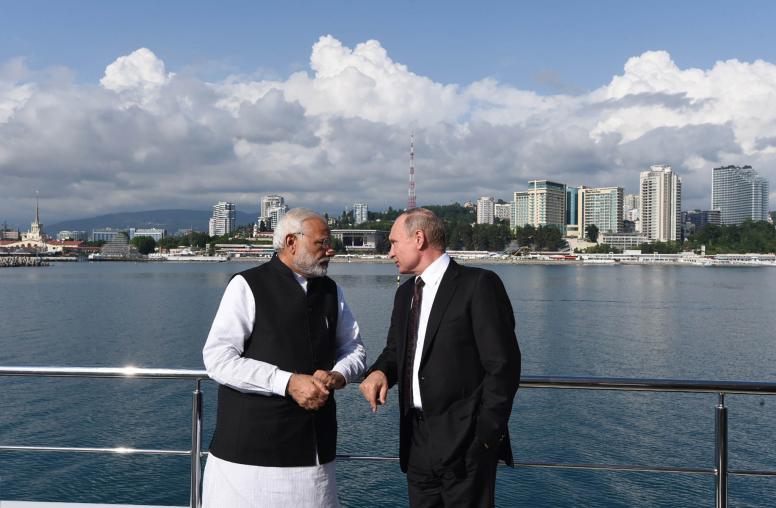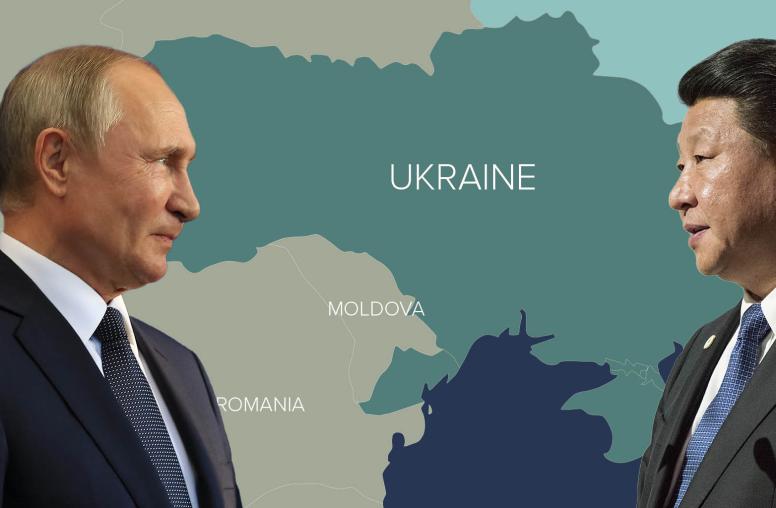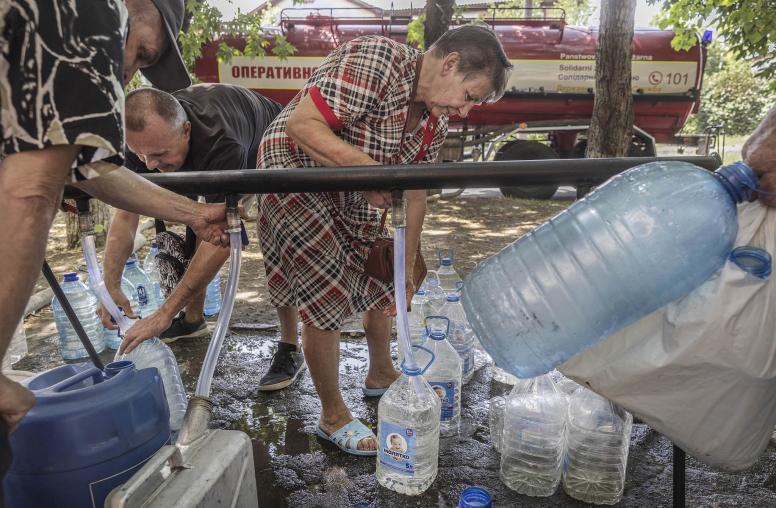Protecting Civilians in Ukraine Now — and After the War
Defending the country against Russian aggression and building peace will require long-term, flexible security sector support.
From the images of the people summarily executed in Bucha to the remnants of Mariupol’s bombarded theater where hundreds of civilian refugees perished, Russia’s war on Ukraine has unleashed immense suffering on the civilian population. As policymakers debate the most effective forms of support amid Russia’s new offensive in the east and southeast, Ukraine must be provided with the necessary military assistance to fend off Russian aggression. But it will be equally important to immediately start planning for the long term, preparing to offer flexible and multifaceted support to the military and civilian components of Ukraine’s security sector.

Ukraine’s need to protect its people will remain constant over the coming months and years, but the security needs of its citizens will vary from one region to another and will likely change as the conflict evolves. The United States and its partners will need to stand ready to provide the necessary support to Ukraine at each stage of the conflict, and quickly pivot as new security challenges emerge.
Washington has been providing Ukraine with military assistance since 2014. The dividends of this assistance have been clear: Ukraine’s military has been far more effective in protecting both people and territory than most military and intelligence analysts had expected. However, despite being able to repel Russia’s initial attacks on Kyiv, the end of the war is still not in sight. Protecting civilians will require a broad understanding of the key security challenges ahead, and a willingness to provide Ukrainians with what they indicate they need the most.
Managing Security Challenges During Violent Conflict
As the war continues, we can anticipate that security needs will be most acutely felt in areas where humanitarian relief must be provided. Basic security is necessary to enable humanitarian workers to assist with the much-needed delivery of life-saving supplies to populations in need. Moreover, while difficult to predict with full accuracy, various communities across the country will also need to manage security challenges that are inevitably related to the presence of a large internally displaced population.
Currently, there are over 7.1 million internally displaced persons (IDPs) in Ukraine, and that figure will grow as Russia expands its attacks in Donbas and across Ukraine’s coast. We have learned from other conflicts that the sudden presence of a large number of IDPs can quickly overwhelm security services already primarily dedicated to a war effort. Citizens may be tempted to take matters into their own hands to handle security problems in such circumstances. As pressure for goods and services increases in dangerous environments, organized crime and human trafficking can also exploit security vacuums during conflicts in ways that may be hard to reverse.
It will be important to adopt a demand-driven system, with communities informing security services of new security challenges and needs as they emerge and donors responding to these evolving needs. An example of this is USIP’s effort in Iraq between 2013 and 2016 that helped communities establish crisis management groups in Baghdad, Basra, Kirkuk and Karbala to better identify and manage the security challenges and humanitarian needs stemming from the war against ISIS. In Ukraine, security assistance providers should consider coordinating their support in ways that directly connect to similar groups and processes across the country.
Security Will Be the Cornerstone for Ukraine’s Return to Peace
An effective security sector is key to providing the most basic condition for a return to peace. Without security, there is no space for peace to take hold. Refugees cannot return home, children cannot go to school, people cannot work, economic activity cannot resume.
As a first step, the effective management of Ukrainian combatants’ disarmament, demobilization and reintegration will be key to socio-economic progress, which will be essential for rebuilding the nation. Ukraine will need to demobilize tens of thousands of members of the territorial defense brigades, as well as thousands of members of the International Legion of the Ukraine Territorial Defense, formed at the start of Russia’s invasion. This will require extensive disarmament efforts, and the cantonment of demobilized combatants, who will need to be provided with psycho-social support to return to civilian life. These are complex processes and will require the active support of Ukraine’s partners, including strategic advice on best-practices and material support to ease this transition
Given the ubiquity of unexploded ordinance across the country, de-mining will also be a vital step for reconstruction and the resumption of economic activities. It will also be essential to prioritize the reform of justice institutions and ensure accountability for war crimes.
Security Sector Governance and Anti-corruption Efforts
The effectiveness of Ukraine’s military in repelling Russian forces thus far has had much to do with Western military aid; but it also is linked to Ukraine’s investment in institutional reform. This has included adopting civilian leadership of the armed forces, restructuring command-and-control responsibilities in the military and reformed defense procurement procedures. In short, the investments made since 2014 in restructuring governance and institutions have paid off. It will be critical for the United States to continue to invest in security sector governance so that Ukrainians can reap similar benefits as they face the security challenges ahead of them.
It will also be critical to ensure that anti-corruption efforts take center stage. Oligarchic corruption captured Ukraine’s judiciary, stymieing vital legal and judicial reforms. A continued effort to rid Ukraine of the oligarchs’ influence in politics is direly needed if Ukraine is to become a prosperous and sustainable democracy. This will also provide a strategic victory against Russia. After all, what Putin fears most in Ukraine is not just NATO, but a prosperous democratic Ukraine that has rid itself of the undue influence of its oligarchs — including on its security sector — and that can provide a model for Russians across the border to emulate.
Next Steps
In addition to on-going military assistance, Ukraine and its international partners should hold an international conference that seeks to immediately identify and anticipate Ukraine’s additional security needs. The conference should establish effective coordination mechanisms among international partners. It will be equally important to align assistance directly with Ukrainian authorities and communities’ demands, as they are best positioned to identify and address the various security needs of the civilian population as this horrific war of aggression continues.



